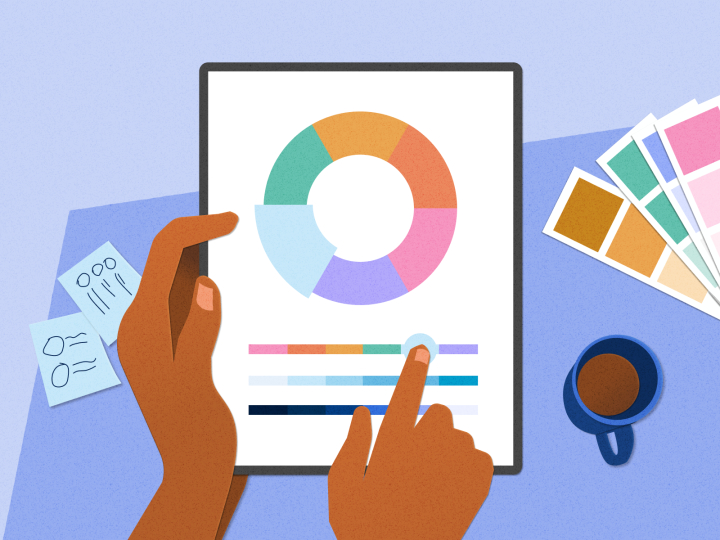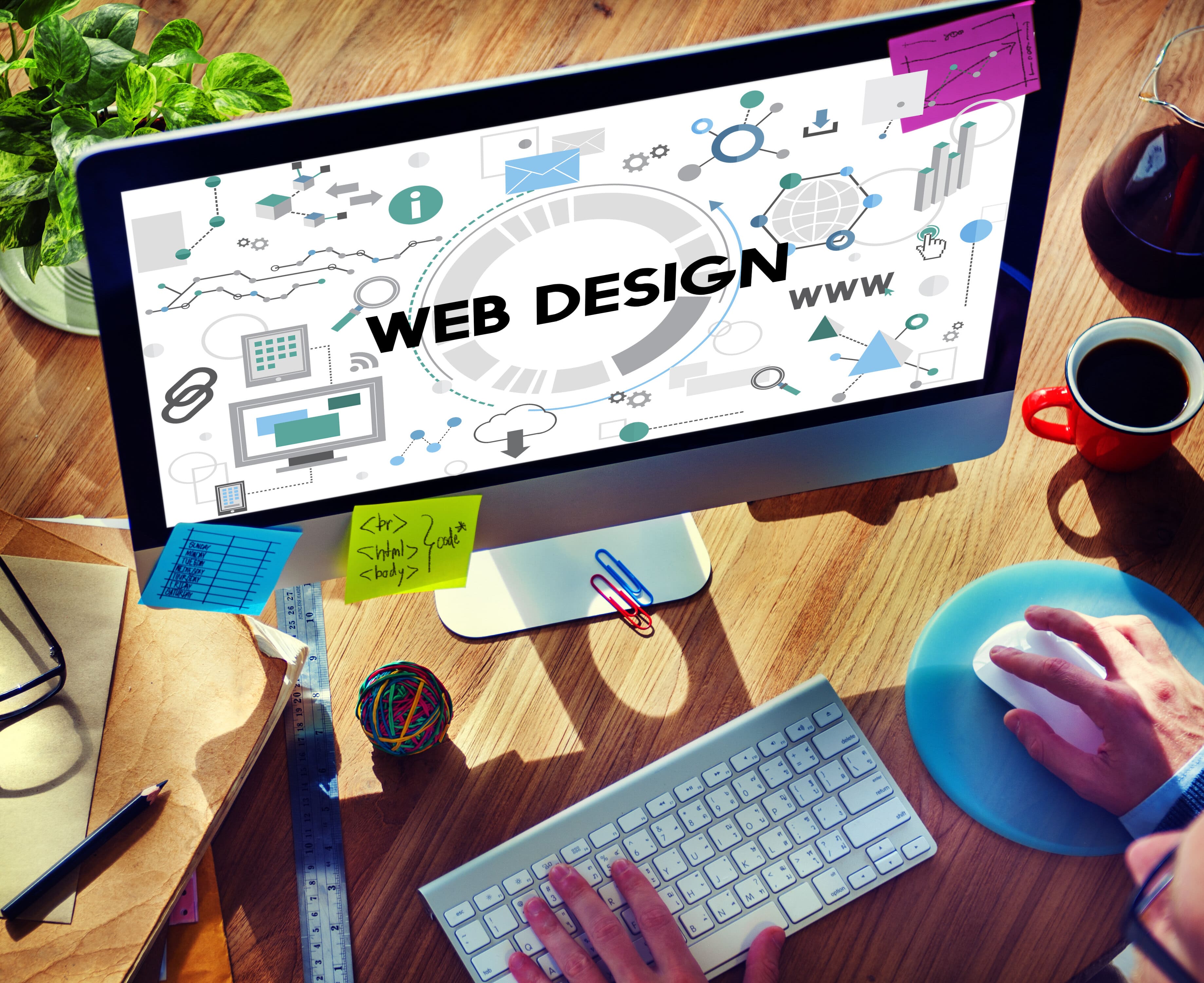Leading San Diego Website Design Company for Functional, Professional Sites
Leading San Diego Website Design Company for Functional, Professional Sites
Blog Article
Internet Style Tips to Develop Magnificent and User-Friendly Internet Sites
In the affordable landscape of digital visibility, the relevance of internet style can not be overemphasized. Crafting stunning and straightforward sites requires a calculated technique that stresses individual experience, aesthetic charm, and useful performance. Secret considerations, such as prioritizing customer identities and making certain mobile optimization, can dramatically influence individual engagement.
Prioritize Individual Experience
Customer experience (UX) is the keystone of efficient web design, fundamentally forming exactly how users interact with a website. Prioritizing UX involves recognizing the needs and actions of users, making certain that their trip through the digital space is smooth and intuitive. A well-designed UX not just boosts individual fulfillment however additionally fosters commitment and increases the chance of conversions.
To prioritize UX, developers have to perform thorough research study, employing techniques such as individual identities, journey mapping, and use screening. These strategies assist in determining discomfort factors and choices, making it possible for designers to create remedies that reverberate with the target market.
Furthermore, ease of access is a crucial element of UX that should not be overlooked. Making certain that a site is functional for people with varying capabilities broadens its reach and shows a commitment to inclusivity.
Select a Tidy Design
A tidy layout is fundamental to boosting user experience, as it promotes very easy navigation and understanding of material. By getting rid of aesthetic clutter and interruptions, users can concentrate on the crucial elements of the website, such as details and calls to action. This method not only enhances readability yet additionally encourages site visitors to engage more deeply with the material.
To attain a tidy format, it is vital to utilize adequate white area tactically. White space, or unfavorable room, aids to divide various areas and components, making it less complicated for users to scan the page. In addition, a well-defined grid system can direct the arrangement of aesthetic parts, guaranteeing a unified and balanced design.
Selecting a minimal shade combination and constant typography further adds to a clean visual. These options keep comprehensibility across the site, which can enhance brand identity and acknowledgment. In addition, using high-quality images and concise text can reinforce the general appeal, drawing customers in without frustrating them.
Optimize for Mobile Tools
Focusing on mobile optimization is crucial in today's digital landscape, where an enhancing number of users gain access to sites through smartphones and tablet computers. A mobile-optimized site is not just a trend; it is a necessity for boosting individual experience and making sure access throughout different devices.

Filling speed is another crucial factor; decrease and maximize photos code to boost efficiency on mobile networks. Users are most likely to desert a site that takes also lengthy to load, so prioritize fast-loading aspects.
Moreover, make sure that touch aspects, such as switches and links, are properly sized and spaced to stop unexpected clicks. San Diego Web Design. By concentrating on these aspects of mobile optimization, you will create a more straightforward experience that accommodates the growing audience accessing your web site via mobile devices
Use High-Quality Pictures

Furthermore, high quality photos play a significant function in storytelling. They can evoke emotions, illustrate concepts, and enhance textual content, aiding customers to get in touch with the brand on a deeper degree. It is important to pick images that pertain to the content and straighten with the overall motif of the web site.
When carrying out high-grade photos, think about optimization strategies to balance looks with efficiency. Huge picture documents can slow down page lots times, adversely influencing user experience and internet search engine positions. Utilize formats like JPEG for pictures and PNG for graphics with openness, and take into consideration employing responsive pictures that adjust to various display dimensions.
Implement Efficient Navigation

To execute reliable navigating, focus on simplicity. Limit the number of key food selection items to prevent overwhelming individuals, and make use of clear, descriptive tags that communicate the material of each section. Think about including an ordered framework, where subcategories are realistically nested within wider groups.
Additionally, make certain that navigation elements are continually placed across all pages, creating an acquainted interface that individuals can navigate effortlessly. Responsive style is vital; navigating needs to adapt seamlessly to various screen sizes, preserving functionality on both desktop computer and mobile gadgets.
Conclusion
In summary, the creation of straightforward and magnificent websites hinges on a number of crucial concepts. Focusing on user experience with techniques such as customer identities and functionality screening is necessary. A clean design, mobile optimization, top useful source notch pictures, and effective navigation even more enhance the general style. By sticking to these guidelines, internet designers can ensure that individuals take pleasure in a appealing and smooth experience, inevitably bring about increased satisfaction and enhanced website efficiency.
Trick factors to consider, such as prioritizing customer personalities and making sure mobile optimization, can significantly affect individual interaction.Individual experience (UX) is the keystone of efficient web design, fundamentally shaping just how individuals interact with an internet site.In web style, making use of high-quality pictures is crucial for creating a interesting and aesthetically appealing individual experience. The style of the navigating system plays a pivotal function in customer experience and total site weblink functionality. Focusing on user experience with techniques such as user identities and use screening is necessary.
Report this page